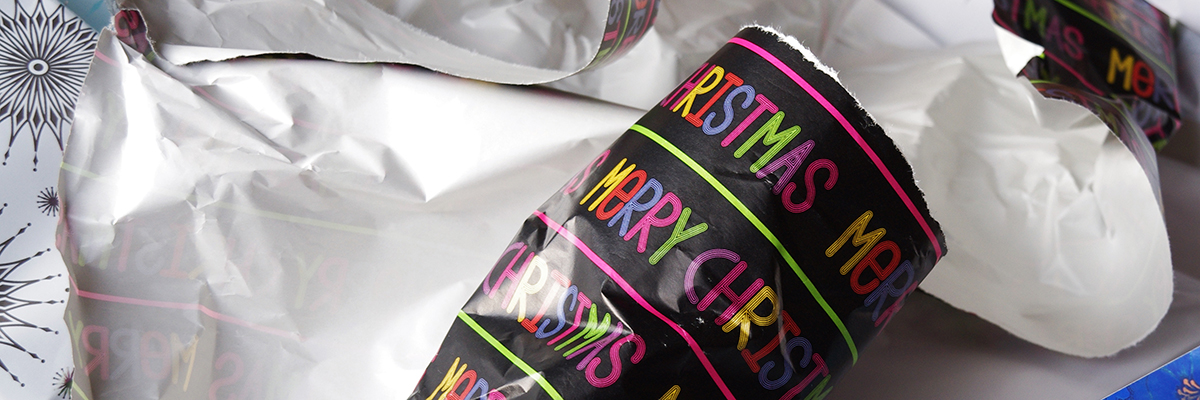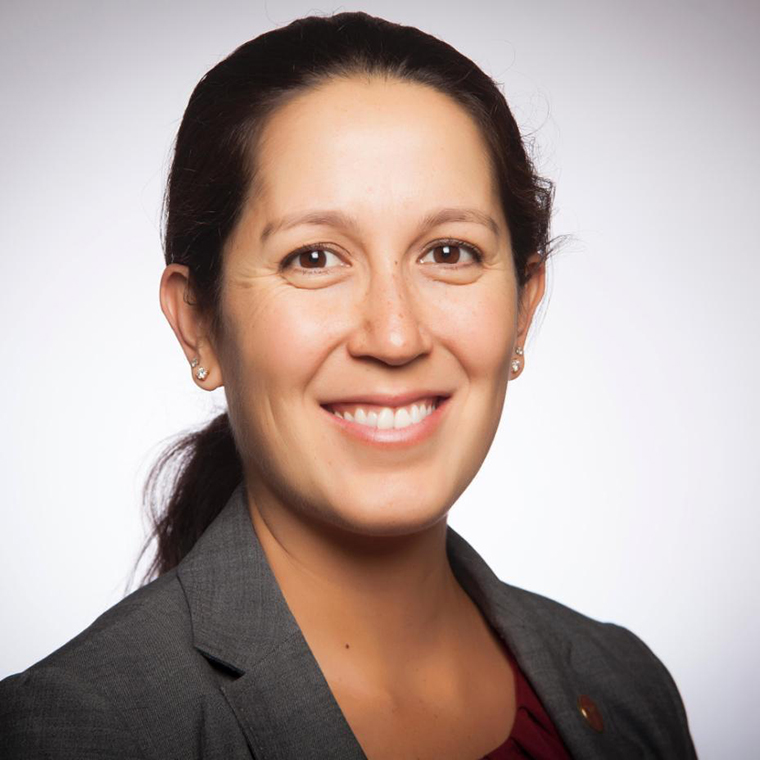
Dreaming of a Green Christmas
Lindsey Kalkbrenner ’04, MBA ’09
What to do? We asked Kalkbrenner to share her tips on keeping the holiday season merry and bright—and green.
What would you say is responsible for the most waste over the holidays?
Food waste is the biggest. Project Drawdown, a nonprofit that’s identified the 100 top things we can do to reverse global warming, listed reducing food waste as the third most important action.
You can attack that waste by—if you’re going on vacation for the holidays—doing an assessment of the food you have on hand before leaving, figuring out what you can freeze, what you can cook ahead of time, and what you can bring to share to other people’s houses. If you’re hosting, be mindful of how much food you actually need to prepare and have extra reusable containers to send home leftovers with guests.
What’s the holiday decoration you wish would just fall out of fashion because it’s so terrible for the environment?
Tinsel. If you put it on a real tree, it gets stuck in the needles and contaminates the tree. It’s super hard to remove all of it from the branches—it’s just impossible—so you won’t be able to compost it once the holidays are over, or the stuck tinsel will end up contaminating the rest of the compost.
Speaking of trees, where do you fall on the real vs. artificial debate?
The New York Times ran an article recently dispelling the notion that cutting down trees is always bad for the environment—and they were absolutely right. The truth is trees coming from Christmas tree farms are crops like on any other farm. Those trees are contributing to better air quality, increased oxygen, and once one is chopped down, another will grow in its place. On the other hand, when you think about the materials that go into most fake trees, the plastics are not recyclable. So it ends up being better to get a real tree, as long as you compost it.
You can also rent a tree through the San Jose Our City Forest program. You make a tax-deductible donation of $40 or $75 depending on the size of the tree, water and take care of it while it’s in your home, then you return it and it’ll continue growing so someone can use it next year.
Let’s talk about holiday greeting cards. Yay or nay? According to Stanford University, the 2.65 billion Christmas cards sold each year in the U.S. could fill a 10-story building that’s as wide as a football field.
I love Christmas cards because they are a chance to connect with people you may not get to talk to much throughout the year. (I’m not claiming to be the perfect sustainability role model but I try. It’s all about balance.) My family sends Christmas postcards, so at least we aren’t using the extra envelope and they’re made of recycled paper. In early January, we put all the cards we receive on a binder ring so we can save them. It’s fun to get out past years’ cards and see the kids grow over the years.
What tips would you recommend for more sustainable gifts?
I’m all about giving experiences instead of things, which just add to the clutter and waste. The memories of doing something with another person last longer—like trips to the aquarium or the California Academy of Science, somewhere where you’re learning and having fun but also supporting a nonprofit. Spa experiences are a nice treat, too.
Another neat gift is donating to a cause that’s meaningful to the recipient. For example, for the gardener in your life, you can adopt a rose bush at the local rose garden in their name. If you’d still like to buy a few gifts, PackageFreeShop.com has a list of great zero-waste products. And books are always appreciated.
As for gift-wrap, it’s a huge culprit in holiday waste. So look at creative ways to wrap any gifts you do buy—use newspaper, reuse old wrapping paper and bags or make your own fabric gift bags. Furoshiki, is a Japanese method of wrapping gifts in pretty fabric with intricate folds instead of tape and the fabric is part of the gift!
Any tips on encouraging family members to be more sustainable this holiday season without coming off preachy?
Tackling the idea of waste is a good place to start. Think about it this way: waste is improperly placed stuff—wasted resources, money, time, greenhouse gas emissions, space, etc. We’re wasting money paying for extra packaging or single-use items. I would encourage people to ask themselves what’s one thing in their lives they could sub out for something more sustainable. For example, maybe replace plastic Ziploc bags with these cool reusable silicone bags or reusable tumblers instead of disposable latte cups.
Photo Courtesy Matt Buck

